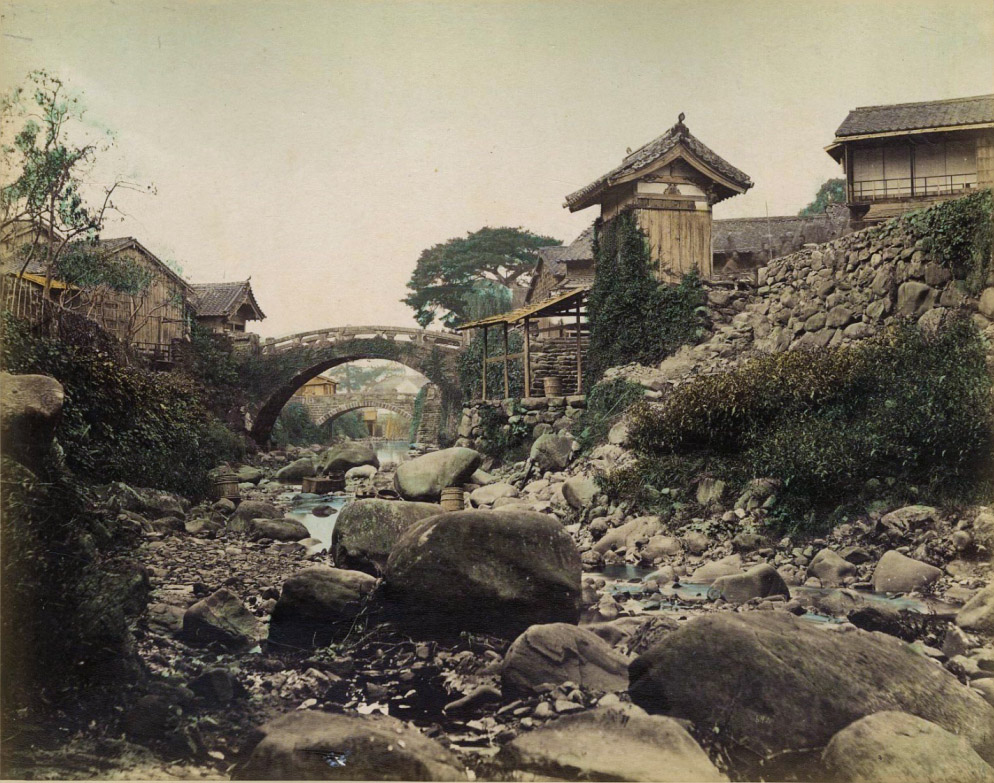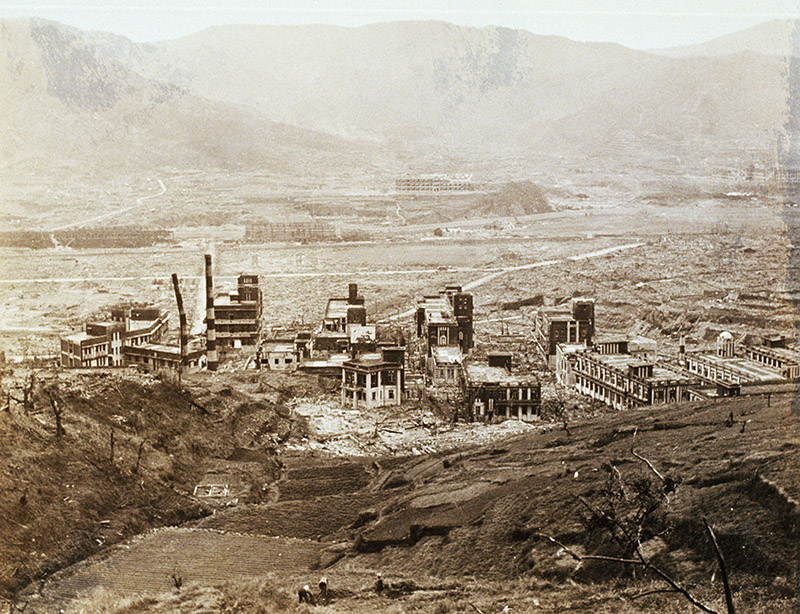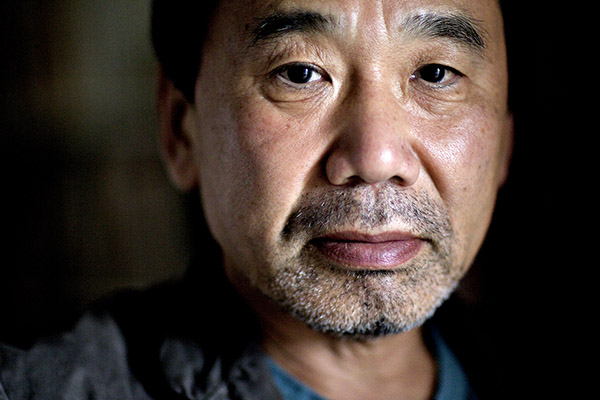Marshmallows

All I remember about Ken Russel’s 1983 production of Madama Butterfly is the atomic blast that put the button on Butterfly’s death. He flashed a bank of stage lights, hitherto unseen, directly at the audience, and in the seconds it took our eyes to readjust, turn-of-the-century Nagasaki was transformed into a floor-to-fly-space blaze of corporate logos – Toyota, Honda, Mitsubishi, Sony – as if the explosion had blown us right over the rainbow into a high-tech, prosperous Oz.
That, I think, is the arc of Japanese history many of us subscribe to. One that begins in the Kimono Era, jumps to Pearl Harbor, footnotes the bomb, and ends two paragraphs later with Japan’s usurpation of the American auto market. We gloss over the decades-long struggle to rebuild and recover, never mind the guilt, shame and anger felt to this day for what, in retrospect, was an act of naked self-immolation.
The Russel production comes to mind because I’m on a Haruki Murakami binge this month, three books into what probably will be a four or five-book run. So for those unfamiliar with his work, the basic elements are these: magical realism + variously gifted women + variously dysfunctional men + cats + deep psychological scars left by Japan’s wars with China and the United States between 1937 and 1945, compounded by the internment of Japanese POWs in Siberia until 1956.
Here’s from The Wind-up Bird Chronicle:
Through television and the other media, he gained the ability to train his magnified power on society at large. Now he is trying to bring out something that the great mass of people keep hidden in the darkness of their unconscious. … It’s a tremendously dangerous thing, this thing he is trying to draw out: it’s fatally smeared with violence and blood, and it’s directly connected with the darkest depths of history, because its final effect is to destroy and obliterate people on a massive scale. – p. 583

The narrator is describing his brother-in-law, Noboru Wataya, a psychopath-turned-politician who might sound familiar, but don’t jump to conclusions. Chronicle was published in 1994, so Wataya isn’t Donald Trump. Although he could be. He also could be something I saw yesterday, speaking of rabbits, on the Swamp Rabbit Trail.
Picture if you will a big-boned, elderly man wearing large red headphones. Full white beard, vacant stare, he’s riding toward you on a rusty white Schwinn. Odd you think, funny even, until you notice the pole rising at a backward angle from his rear fender, and attached to the pole there’s a faded Confederate flag half the size of a twin flat sheet flapping in the breeze.
One sees all manner of people-powered contraptions on the trail powered by all manner of people, but that man on that bike flying that flag behind him struck me as something Trump might have shaken loose from the gates of Hell. The White Horseman, I thought. A harbinger shouting, “Let slip the dogs of war!”

Shouting, that is, in the alternate reality that Murakami describes as something not apart from waking life, but bound up in it inextricably. A weft in the weave.
Of course, flag man might be nothing more than a feckless anachronism, a living history exhibit, but for this election cycle at least, he and I are facing the same political goalpost.
I say this because, one way or the other, I’d love, dearly love, to see the whole corporate-funded, gerrymandering, regime-changing, oil-drilling, habeas corpus-suspending, neoliberal tent pulled down and set on fire. And if 40 million Oompa Loompas on bicycles is what it takes to make that happen, I say God bless ’em.
And bring a bag of marshmallows.